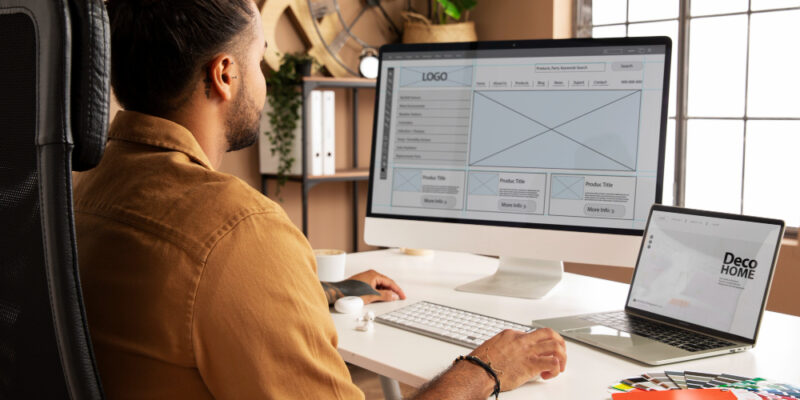In today’s digital landscape, mobile devices have become an integral part of our lives. Whether we’re browsing social media, shopping online, or planning a vacation, we rely on our smartphones and tablets to access information quickly and conveniently. As a car rental business, optimizing your website for mobile users is no longer optional—it’s essential for staying competitive and meeting customer expectations.

Why Responsive Design Matters
Responsive design is the key to ensuring that your car rental website looks and functions seamlessly across various devices, including desktops, laptops, tablets, and smartphones. Here’s why it matters:
- User Experience (UX): A responsive website provides a consistent and enjoyable experience for users, regardless of the device they’re using. When potential customers visit your site, they should find it easy to navigate, search for rental options, and make reservations.
- Google’s Mobile-First Indexing: Google now prioritizes mobile-friendly websites in its search results. If your site isn’t responsive, you risk losing visibility and organic traffic. Remember, a high bounce rate due to poor mobile experience can negatively impact your search rankings.
- Increased Mobile Usage: Mobile traffic continues to grow, and more people are using their smartphones to research and book services. By optimizing your website for mobile, you tap into this expanding audience.
How to Create a Seamless Mobile Experience
1. Map Your Customer Journey
Put yourself in your customers’ shoes. Imagine Sally, a traveler looking for a rental car in Chicago. She starts her search on her smartphone while walking down the street. Later, she continues on her tablet at home and finally books the car on her laptop. Understanding this journey helps you design a cohesive experience across devices.
2. Seize Intent-Rich Micro-Moments
Mobile users often have specific needs or questions. They might search for “car rental near me” or “best deals on SUVs.” Anticipate these intent-rich micro-moments and provide relevant content. Consider creating a mobile-friendly FAQ section or a chatbot to assist users instantly.
3. Reconsider Your Metrics
Traditional metrics like bounce rate and session duration may not fully capture mobile interactions. Focus on metrics that reflect mobile behavior, such as click-to-call conversions, form submissions, and app downloads. These insights guide your optimization efforts.
4. Embrace the Intimacy of Mobile
Mobile devices are personal. Users hold them close, and their attention span is shorter. Optimize your content for quick consumption. Use concise headlines, clear calls-to-action, and mobile-friendly images. Remember, less is more.
5. Remember the Basics and Think Ahead
While responsive design is crucial, don’t neglect fundamental aspects. Ensure fast loading times, minimize redirects, and compress images. Additionally, stay informed about emerging technologies (like Progressive Web Apps) that enhance mobile experiences.
Conclusion
Responsive design isn’t just about aesthetics; it’s about meeting user needs efficiently. By adopting a mobile-first mindset, you’ll create a car rental website that delights users, boosts conversions, and keeps you ahead in the competitive market. So, gear up, optimize, and drive your business toward success in the mobile era!

